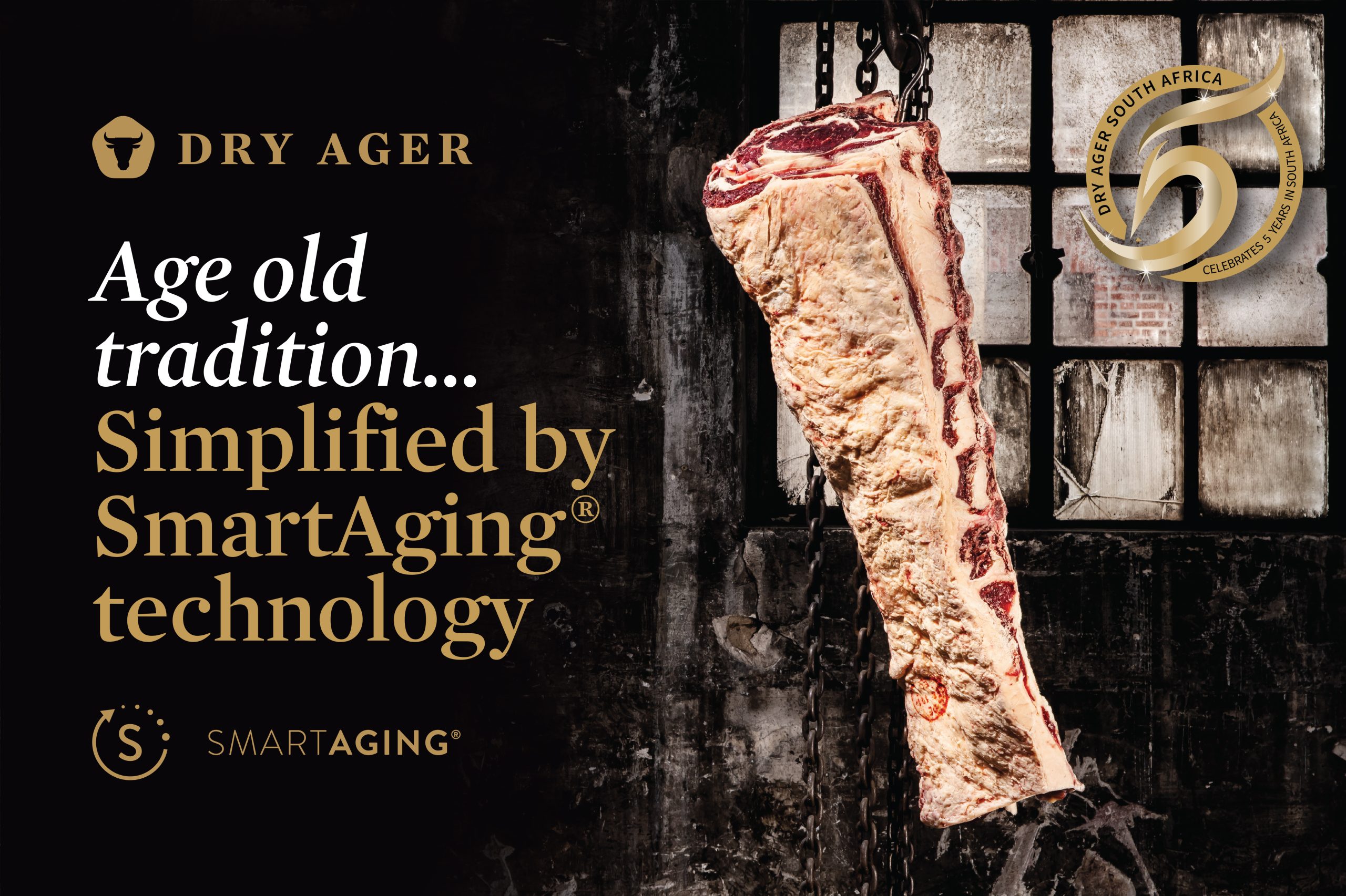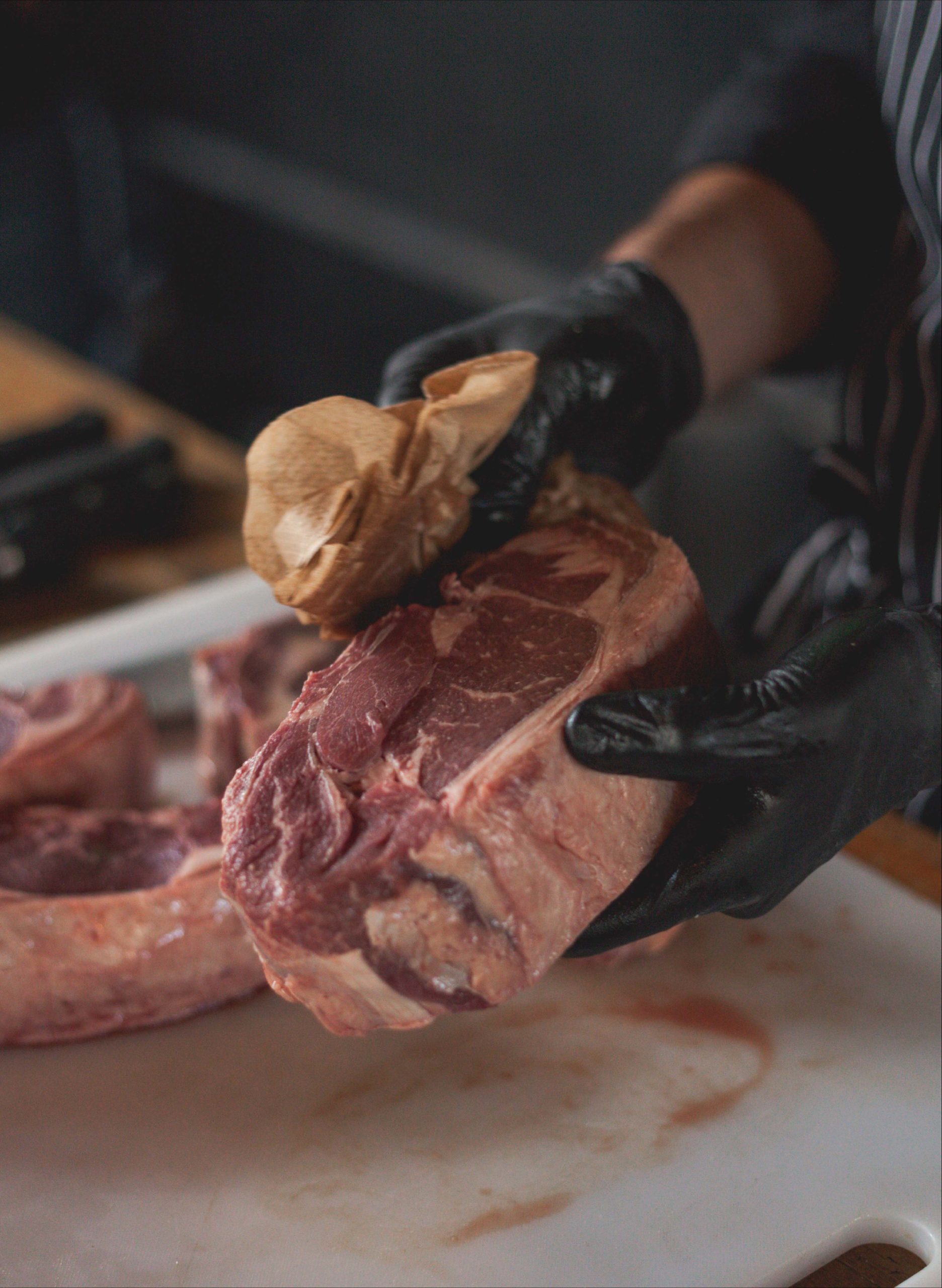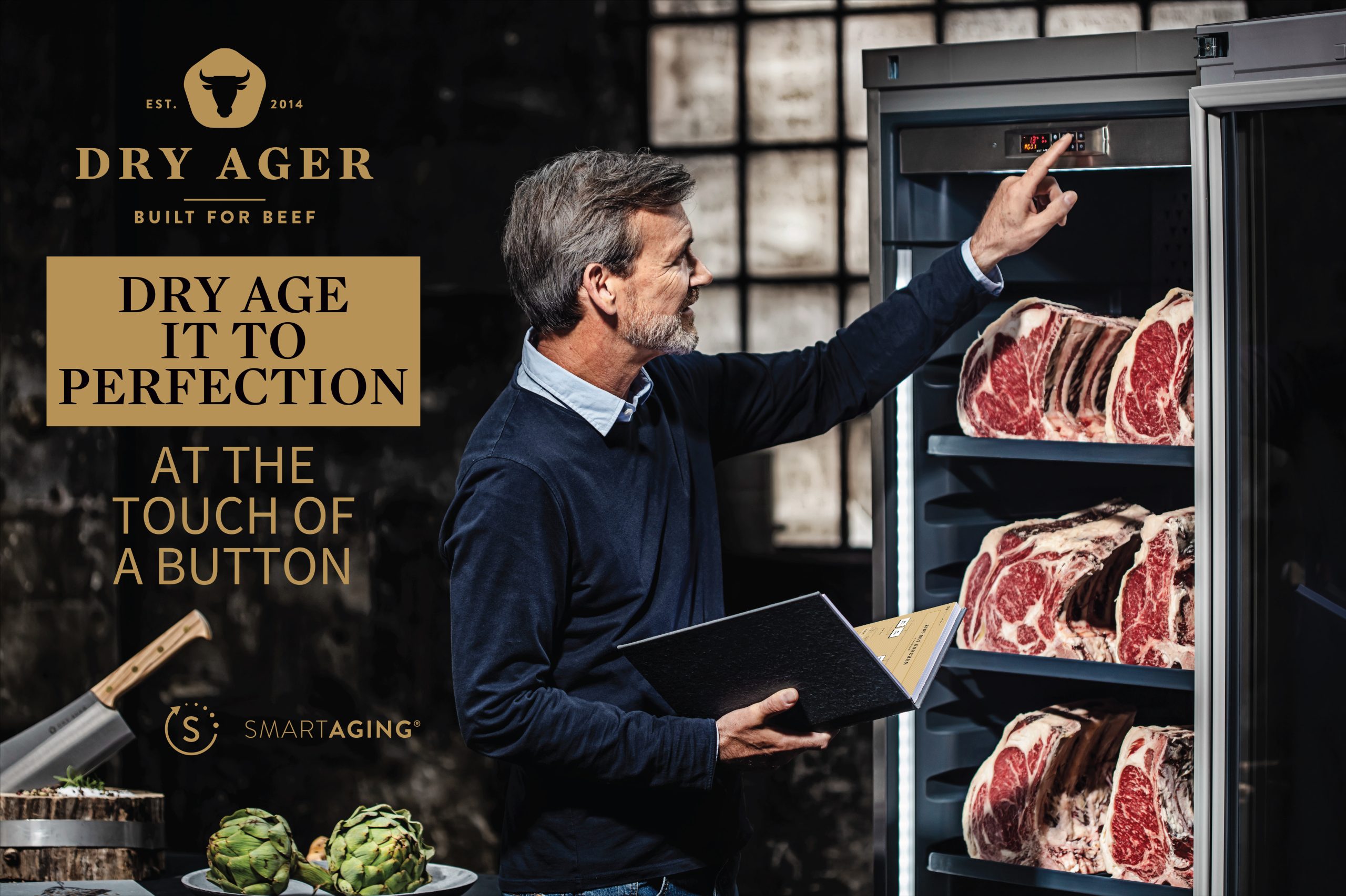Meat maturation is a process that involves allowing meat to age for a certain period of time before being cooked or consumed. This process can be done using wet or dry aging techniques, and it is often used to enhance the flavour, tenderness, and overall quality of the meat.
Both wet and dry aging can be used on many types of meats, including beef, pork, and venison. However, dry aging is most commonly used for beef, as it produces a distinct flavour that is highly sought after by meat lovers. Wet aged meat does not carry the same flavour or texture as dry aged meat and therefore should cost considerably less when making your purchase.
Wet aged meat has a limited time in which it can age in its own juices, while dry aged meat can be aged for extended periods of time depending on the desired result.
The biggest difference between the wet and dry aging methods is while both have an effect on tenderness, only dry aging intensifies the flavour of the meat.










